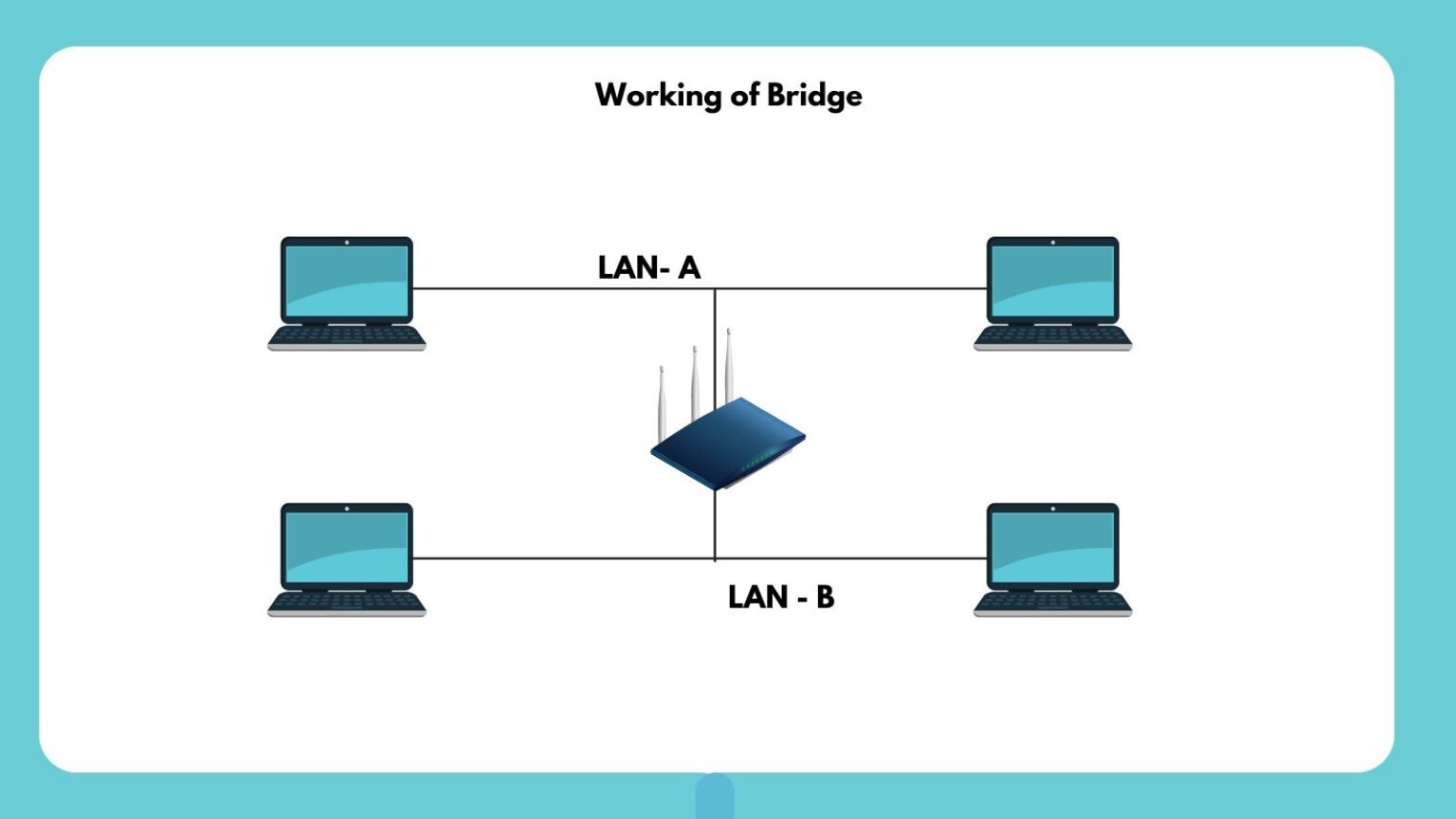Meaning of Ad-Hoc network
Ad-hoc networking refers to the establishment of temporary or spontaneous communication links between devices without the need for a centralized infrastructure or pre-existing network. In an ad-hoc network, devices connect directly to each other, forming a decentralized and self-configuring network on-the-fly. This type of networking is also commonly known as “ad-hoc mode” in wireless communication.
Key Characteristics:
- Infrastructure-less: Ad-hoc networks do not rely on a fixed or centralized access point or base station, as seen in traditional wireless networks like Wi-Fi. Instead, each device acts as a node and communicates directly with other nearby devices.
- Self-Configuring: Devices in an ad-hoc network discover and connect to each other automatically. When new devices come within range, they can join the network and participate in data communication without the need for manual configuration.
- Dynamic Topology: The topology (the arrangement of devices and connections) in an ad-hoc network can change frequently as devices enter or leave the network or move within its range. This dynamic nature makes ad-hoc networks adaptable to changing conditions.
- Peer-to-Peer Communication: Ad-hoc networking enables peer-to-peer communication, where devices can directly exchange data with each other without relying on a central server or access point.
- Limited Range: Ad-hoc networks typically have a limited communication range, as devices need to be within close proximity to establish direct connections. The range depends on the technology used (e.g., Wi-Fi, Bluetooth).
- Use Cases: Ad-hoc networking has various applications, such as sharing files among devices in close proximity, collaborative gaming, setting up temporary networks in disaster recovery scenarios or remote areas, and enabling communication between IoT devices without a central hub.
- Security Considerations: Ad-hoc networks can be more vulnerable to security threats compared to traditional networks with centralized authentication and encryption mechanisms. Special attention must be paid to securing data and communication in ad-hoc environments.
It’s important to note that while ad-hoc networking provides flexibility and convenience in certain scenarios, it may not be suitable for all use cases. For broader and more extensive network requirements, traditional infrastructure-based networks are typically preferred due to their scalability, stability, and centralized management capabilities.
Here, we know the BENEFITS :
- Flexibility: Ad-hoc solutions are highly flexible and can be tailored to address specific, immediate needs. They are not constrained by predefined structures or processes, allowing for quick adjustments and adaptations as situations evolve.
- Speed and Responsiveness: Ad-hoc approaches are usually faster to implement compared to formal processes because they don’t require extensive planning or approval cycles. In rapidly changing or urgent situations, ad-hoc solutions can provide a rapid response.
- Cost-Effectiveness: Ad-hoc solutions often require fewer resources and less overhead compared to fully developed and formalized processes or systems. This can result in cost savings, especially for short-term or one-time needs.
- Creativity and Innovation: Ad-hoc solutions encourage creative problem-solving and innovation. They allow individuals or teams to think outside the box and come up with unique ways to tackle challenges.
- Tailored Solutions: Ad-hoc solutions can be customized to fit the specific requirements of a situation, as opposed to one-size-fits-all approaches. This tailoring can lead to more effective outcomes.
- Experimental Learning: Ad-hoc methods can serve as experiments to test ideas and concepts. Teams can gather insights, learn from successes and failures, and refine their approaches over time.
- Temporary and Niche Requirements: Some situations don’t warrant the development of permanent or extensive solutions. Ad-hoc measures are well-suited for temporary, niche, or one-off needs.
- Agile Decision-Making: Ad-hoc approaches allow for quick decision-making and nimble responses to emerging challenges or opportunities. This agility is particularly valuable in dynamic environments.
- Reducing Bureaucracy: By bypassing formal procedures, ad-hoc practices can help reduce bureaucratic hurdles, enabling faster execution and decision-making.
- Adapting to Uncertainty: In uncertain environments, ad-hoc solutions can provide a way to navigate unpredictability and find pragmatic solutions when established procedures may not be applicable.






